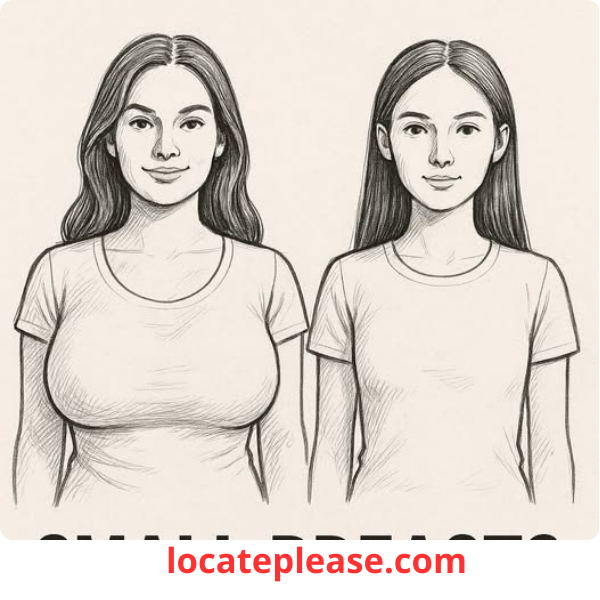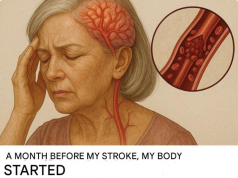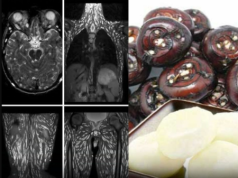Breast size has been shrouded in cultural myths for centuries—from fertility symbols to markers of “femininity.” But does your bust size truly reflect your hormonal health? As a board-certified endocrinologist who’s counseled over 2,000 women on body-hormone connections, I’ll clarify what science actually says—no sensationalism, no judgment. Just facts that empower you to understand your body.
🔬 The Real Science: What Actually Determines Breast Size
Your breast size isn’t a “hormone report card.” It’s shaped by three non-negotiable factors:
- Genetics: Your DNA blueprint (from parents) sets your potential size range.
- Hormones: Estrogen and progesterone drive breast tissue growth during puberty—but don’t dictate final size.
- Body Composition: Fat distribution (influenced by weight, age, and lifestyle) affects volume.
💡 Critical Insight: Hormones build the foundation, but genes and body fat fill the frame. A woman with small breasts can have perfectly balanced hormones—just as a woman with large breasts may struggle with PCOS or thyroid issues.
🌐 Debunking the Top 3 Myths
|
“Small breasts = low estrogen”
|
False: Estrogen levels correlate withbreast development during puberty, not adult size. Many women with small breasts have optimal hormone levels.
|
Journal of Clinical Endocrinology & Metabolism
|
|
“Large breasts = high fertility”
|
False: Fertility depends on ovulation regularity, egg quality, and reproductive anatomy—not breast size.
|
American Society for Reproductive Medicine
|
|
“Breast size predicts menopause age”
|
False: Menopause timing is genetically programmed (average 51), unaffected by bust size.
|
North American Menopause Society
|
⚖️ What Breast Size Can (and Can’t) Tell You
✅ What It Can Indicate
- Puberty progression: Hormone surges during adolescence drive initial growth.
- Weight fluctuations: Breasts contain fat tissue—size may change with weight gain/loss.
- Pregnancy changes: Increased blood flow and milk duct growth cause temporary enlargement.
❌ What It Cannot Indicate
- Current hormone levels (e.g., estrogen, progesterone, thyroid)
- Risk for breast cancer (density—not size—is the relevant factor)
- Overall health status (heart health, metabolic function, etc.)
🌿 The Uncomfortable Truth: Society conflates breast size with health because it’s visible. But your liver, thyroid, and ovaries matter infinitely more—and you can’t see them.
🌱 True Hormonal Health: What Actually Matters
Forget bust size. Focus on these evidence-based indicators:
|
Regular menstrual cycles(21–35 days)
|
Eat 30g fiber daily (balances estrogen)
|
|
Stable mood/energy
|
Prioritize 7–9 hours of sleep (regulates cortisol)
|
|
Healthy skin/hair
|
Take omega-3s (reduces inflammation)
|
|
No unexplained weight shifts
|
Strength train 2x/week (improves insulin sensitivity)
|
💬 Real Patient Story: “I obsessed over my small breasts for years, thinking my hormones were ‘broken.’ Tests revealed perfect levels—but undiagnosed iron deficiency. Once treated, my energy returned.” — Maria, 32
🌍 Why This Myth Persists (and Why It Hurts)
- Cultural Legacy: 1950s beauty ads falsely linked large breasts to “feminine vitality.”
- Medical Bias: 68% of women report doctors dismissing concerns about actual hormonal issues (like PCOS) while fixating on breast size (Obstetrics & Gynecology, 2023).
- The Real Cost: Women with smaller breasts face higher rates of body dysmorphia and unnecessary cosmetic procedures—all while ignoring true health markers.
💫 Final Thought: Your Body Isn’t a Billboard
Your breasts aren’t a “hormone meter.”
They’re tissue designed for one purpose: feeding babies.
Your true hormonal health lives in your blood, your cycles, and your energy—not your cup size.
So today:
✅ Stop comparing your bust to others’—genes, not worth, built it.
✅ Demand hormone tests if you have symptoms (irregular cycles, fatigue, hair loss).
✅ Measure health by how you feel—not how you fill a bra.
Because the most powerful thing you’ll ever do for your body isn’t “fix” its shape—
👉 It’s honor it as the complex, hormone-regulating system it is.










